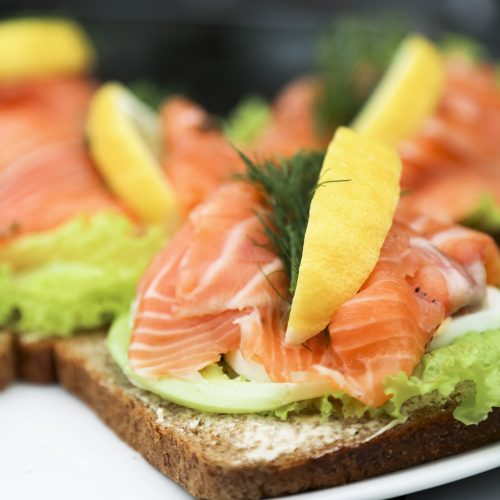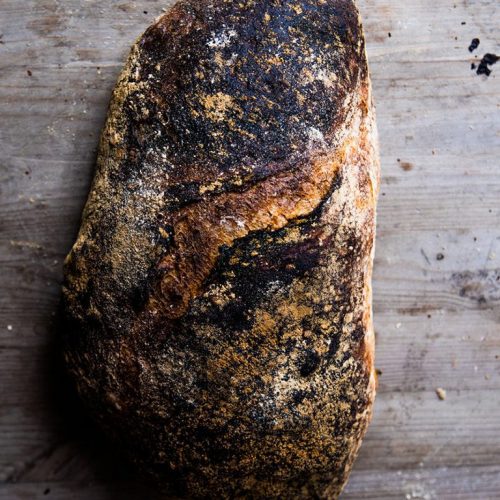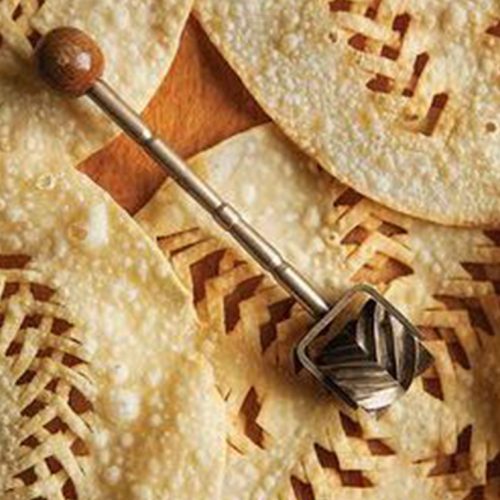Barley, Wheat & Rye

Speaking of Icelandic agriculture rarely evokes a picture of grain farming. Yet, over the past few decades, favorable conditions for crop farming have developed in Iceland due to climate change. Grain farming in Iceland goes as far back as the country’s history, although production has followed weather conditions. Iceland is the world’s northernmost grain farming country in the world and grains can be grown almost anywhere in the country, although some regions are more suitable than others.
To bake bread you need grains, like barley, rye or wheat. Iceland produces mostly barley and wheat, while some farmers have experimented with oats and rye. In the eighties, farmers began to produce and market barley for human consumption. Recently, brewing with Icelandic grains has taken off and Icelandic malted barley has been used in beer brewing and the making of other alcoholic beverages.
Healthy barley
Icelanders have developed a taste for barley and the recent increase in interest can be traced to its demonstrable health benefits. Barley contains high amounts of complex carbohydrates, it is rich in fiber and contains beta-glucans which are thought to help prevent cardiovascular diseases. Barley is a whole grain that has positive effects on digestion and nourishes the probiotics found in the digestive system.
New Nordic cuisine and the future of cooking
Barley is a common ingredient in modern Icelandic cooking, not at least due to its health benefits. Pearl barley is also an essential part of the traditional Icelandic meat soup and thus provides us with a connection to our past. Icelandic chefs have embraced the Icelandic barley and used it in bread, as sides, in salads and in porridges. Barley is also an important element in vegetarian cooking which has become larger part of Icelandic fare than was possible in the past.
In the old days…
The lack of grains in the past was caused by cold climate periods that affected barley farming, which is thought to have ceased in the 16th century. The lack of grains was very apparent and foreigners traveling in Iceland took notice. There are numerous foreign accounts of the situation. Grains were replaced by Iceland moss, dulse and seaweeds. Extensive use was made of the angelica plant which was harvested in the spring. Dried fish replaced bread and the good old skyr was never far away.
Traditional baking
Baking ovens were only introduced to Icelandic homes at the turn of the 20th century. These ovens were heated by burning fuels such as dried peat or dung, coals and timber. Before the advent of these ovens, bread and cakes were baked on stoves and pans or in closed pots laid on embers. Deep-frying bread and cakes was also common practice and lamb tallow, known in Icelandic as “tólg” was the tallow of choice. Our foremothers also used to cook food and bake bread in hot springs.
Flatbread, pancakes, leaf bread, rye bread…
These conditions created an interesting product line of flatbread, pancakes, dumplings, leaf bread, pot bread, waffles and twisted donuts. All which are a part of our traditional pastries. The hot spring bread is source of pride to this day. The Icelandic flatbread has remained the same since the 18th century. It is as popular as ever, eaten with other food or on its own between meals, topped with herring, cheese, paté, lamb or smoked fish.
The leaf bread has a long history, but its decoration is more recent. Dumplings, waffles, twisted donuts and various pancakes are all parts of our traditional pastry. For many people, the leaf bread is an essential element of Christmas. Originating in the north, leaf bread is often served with smoked lamb, one of the most popular Christmas foods in Iceland. Carving patterns in the bread and frying it is a fun family activity. Many primary schools have taken up this tradition where students, parents, grandmothers and grandfathers gather and cut out patterns in the leaf bread together.
Rye bread can be found in every bakery and supermarket in Iceland and its history is over 200 years old. The bread is best when it is freshly baked and served with lots of butter, or with paté and cheese or smoked salmon or herring and even salted roes. Making rye bread at home is simple and it can be baked in an oven. However, it is also often baked in the steam of hot springs or buried in the warm soil around them. Many people prefer this method. Leftover rye bread can be made into delicious desserts like bread soup or ice cream. Today, sourdough bread based on an old Nordic tradition has become very popular in Iceland.


